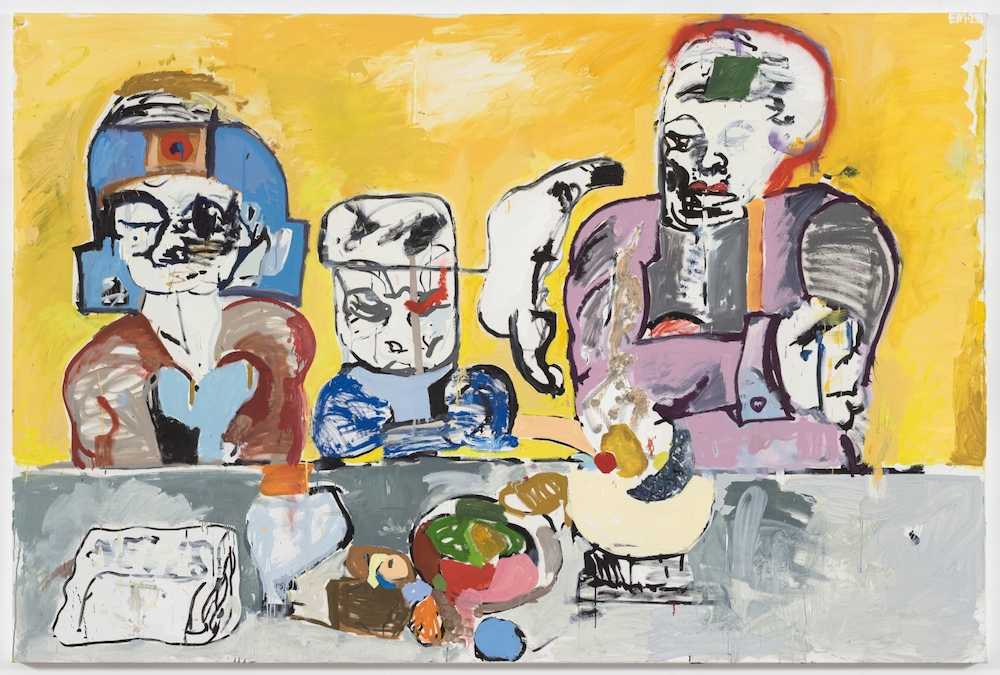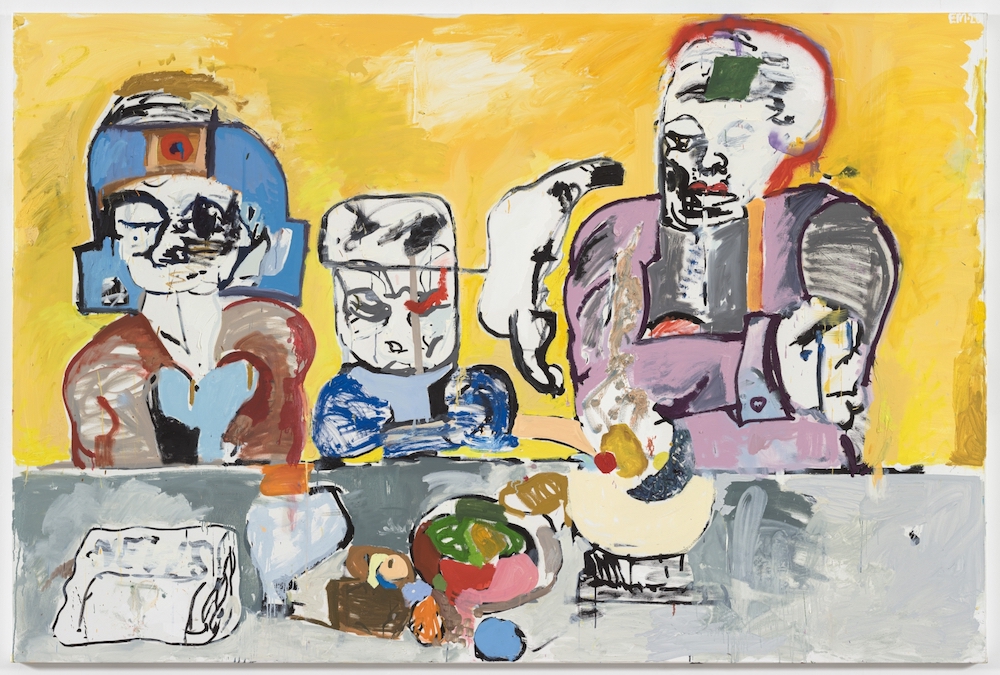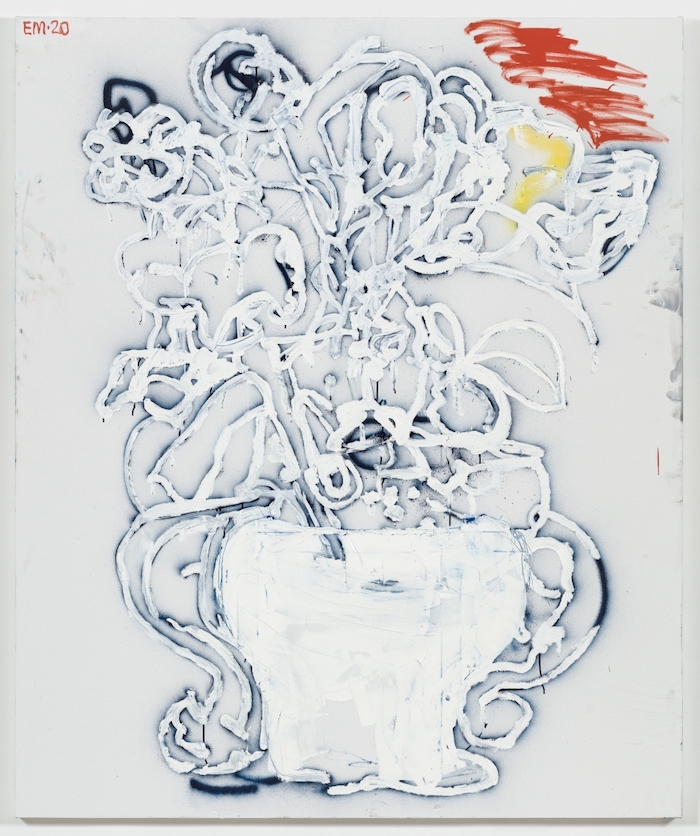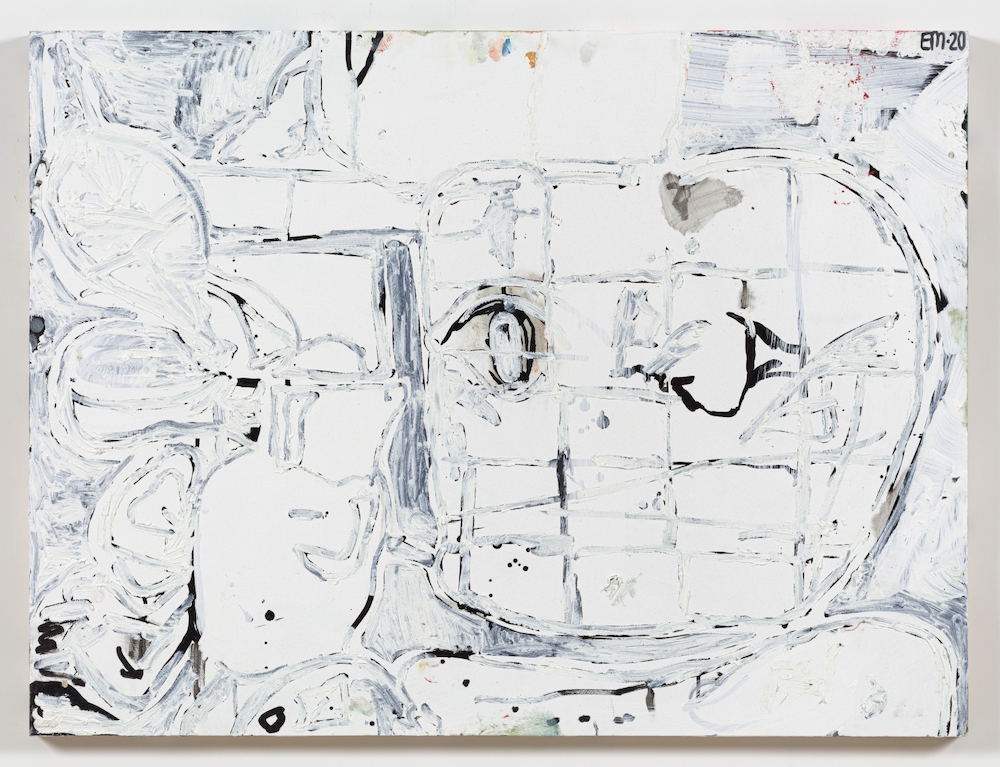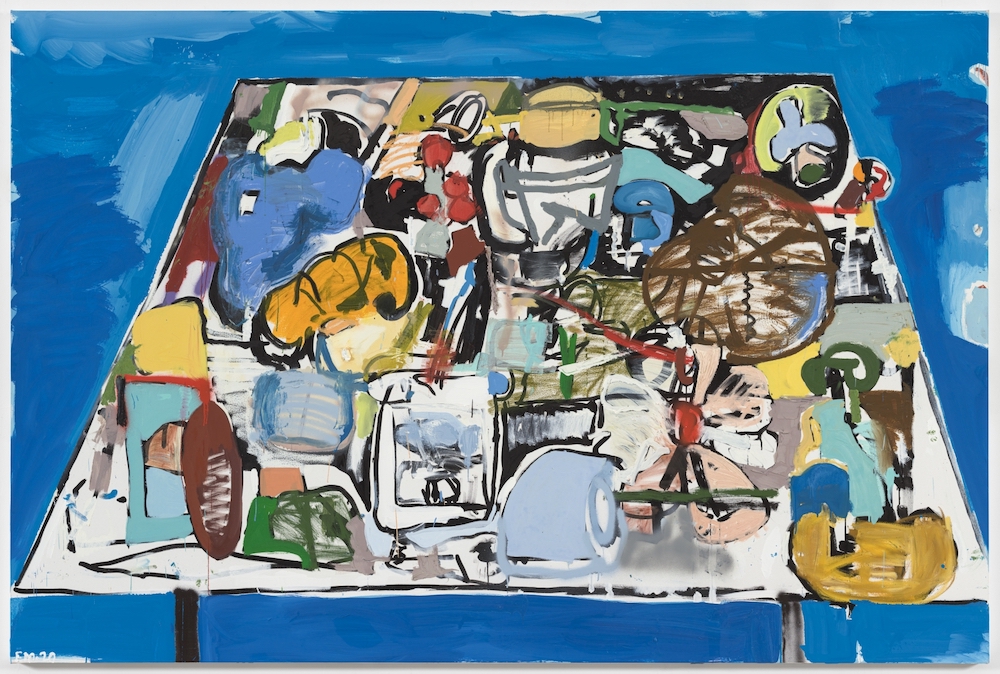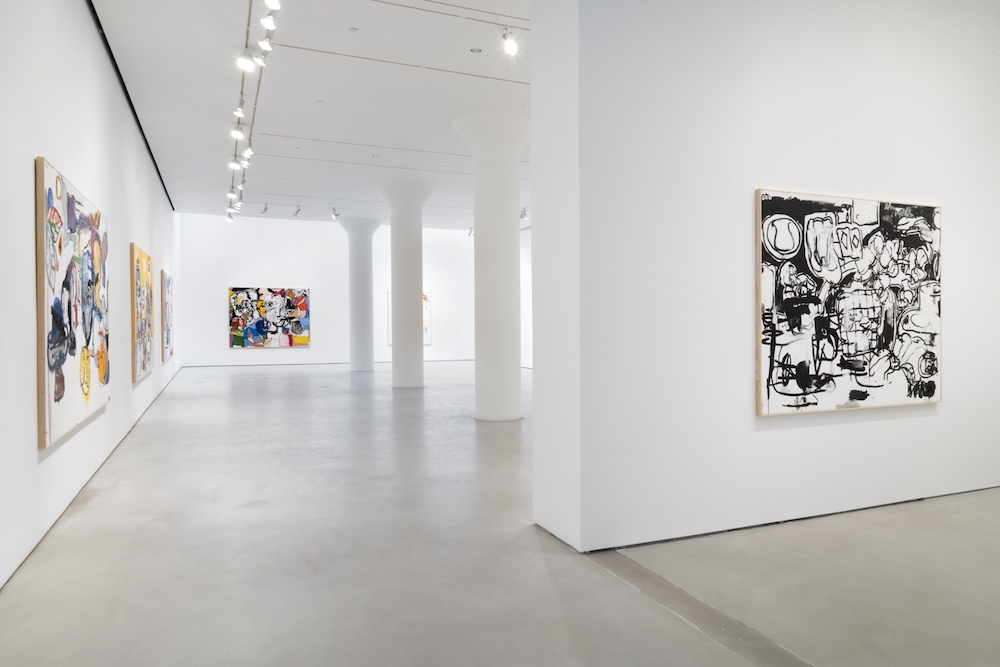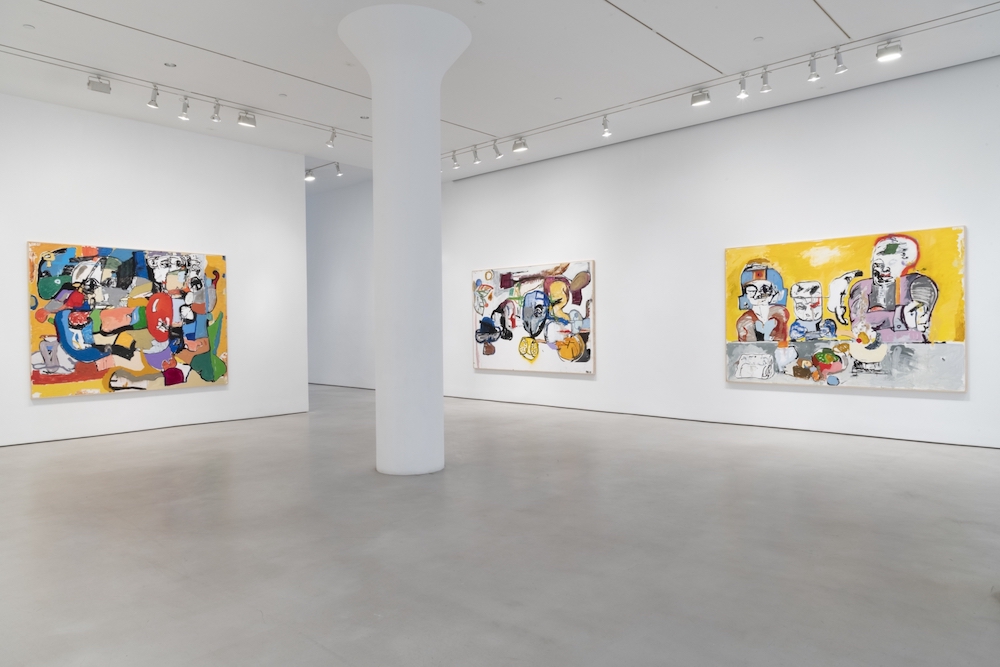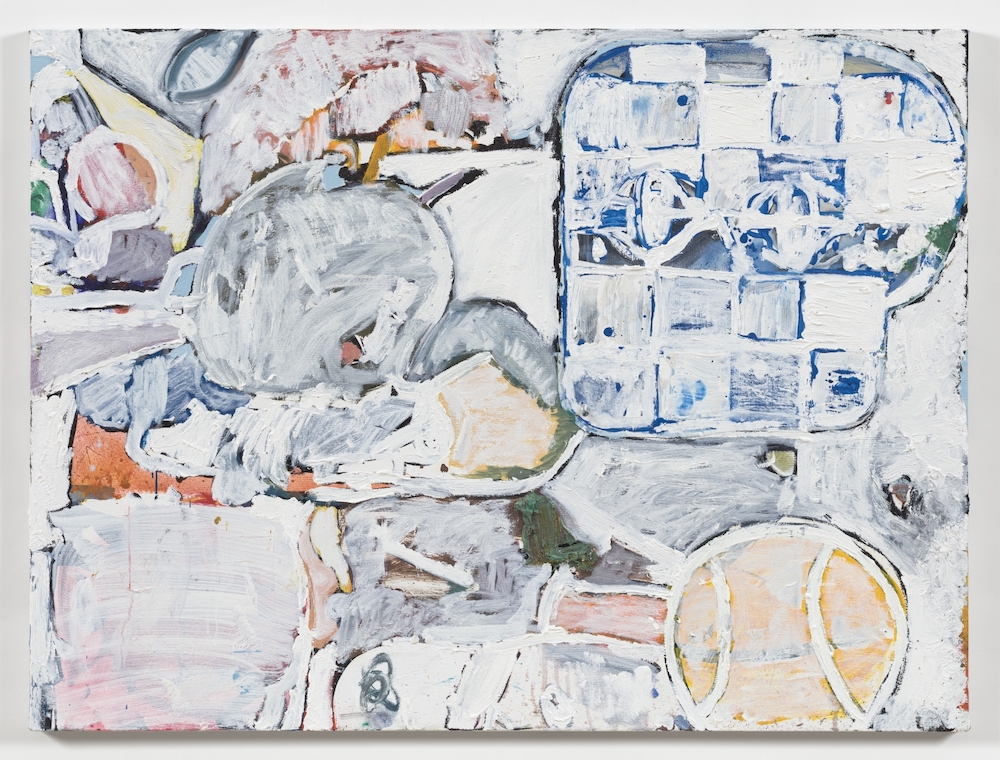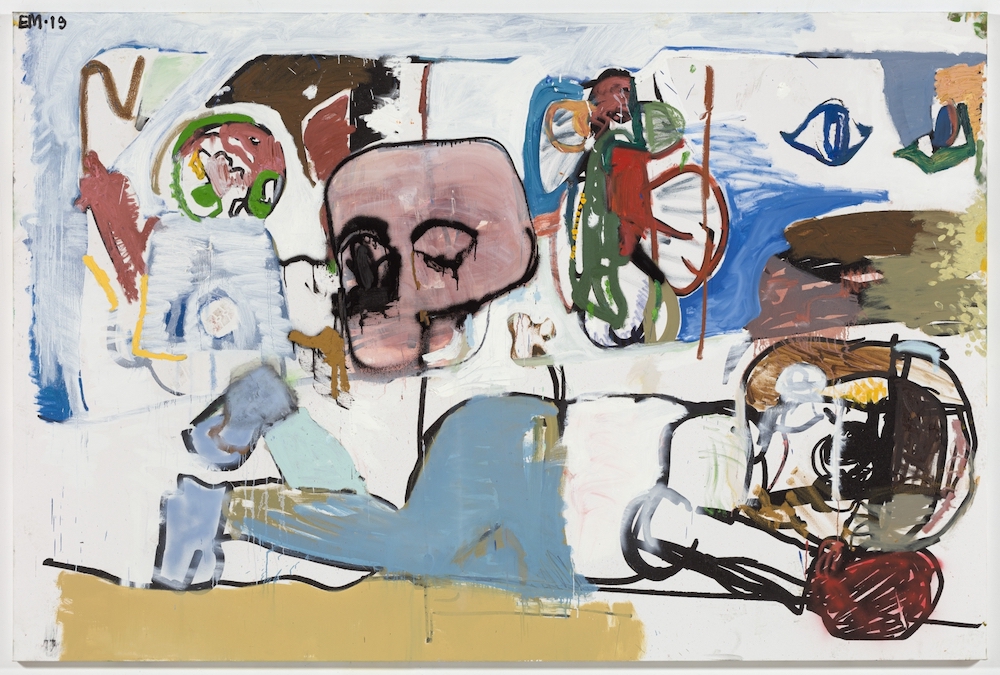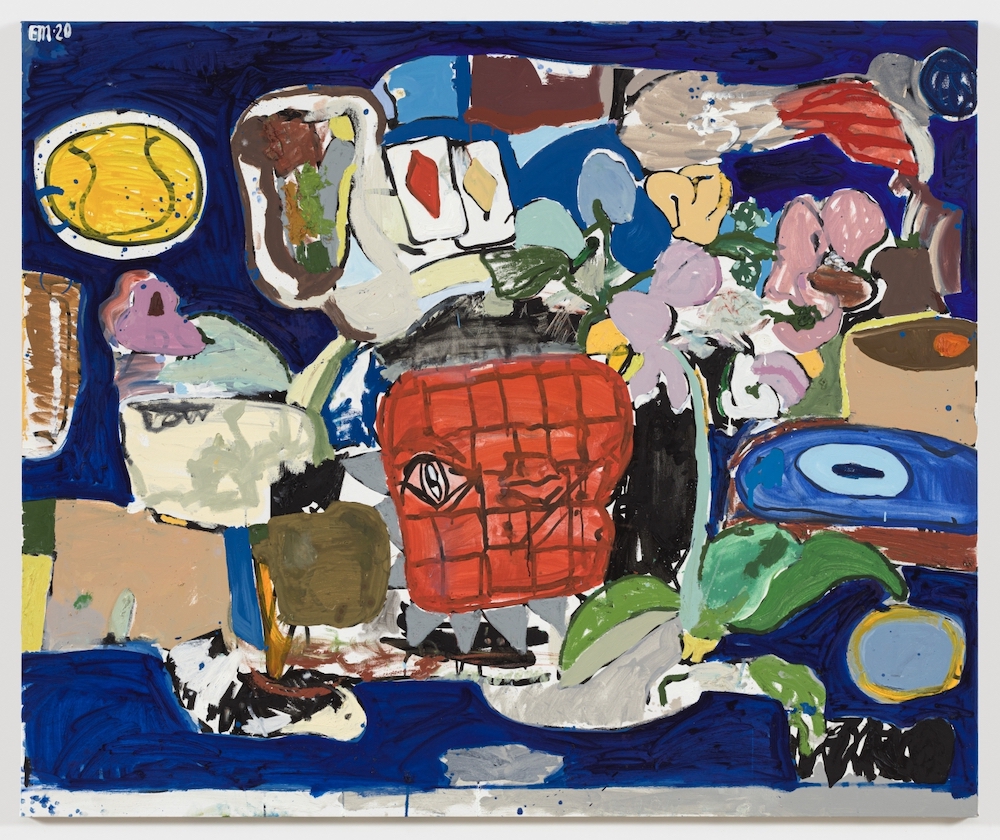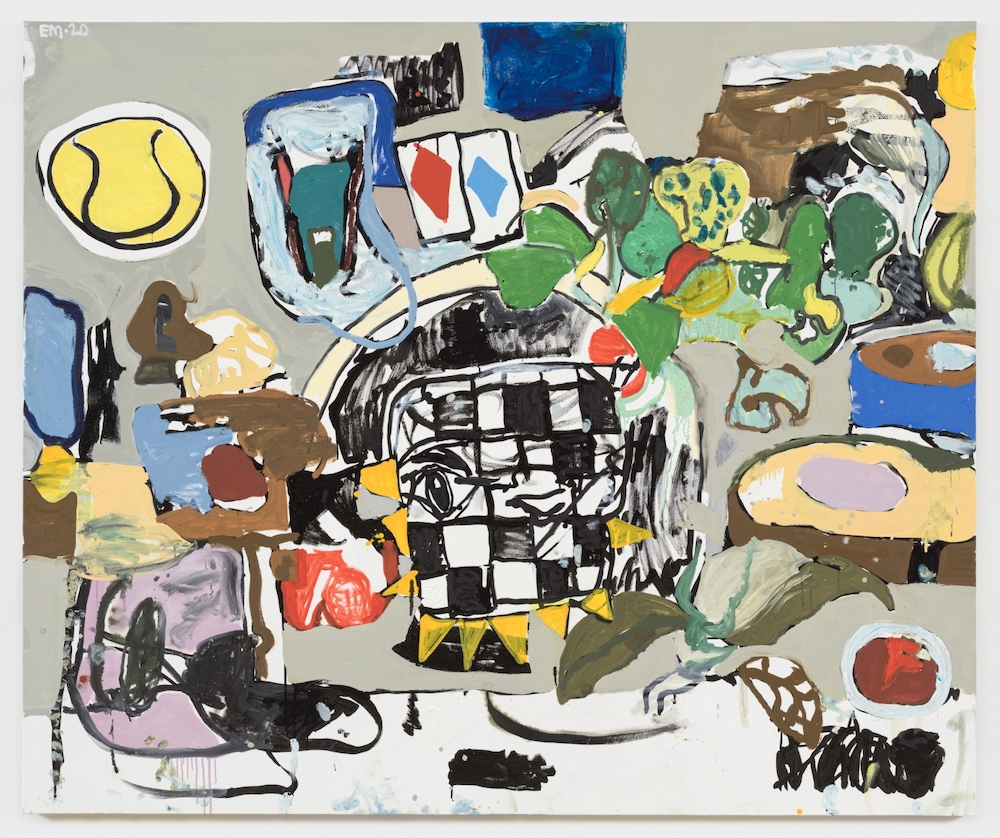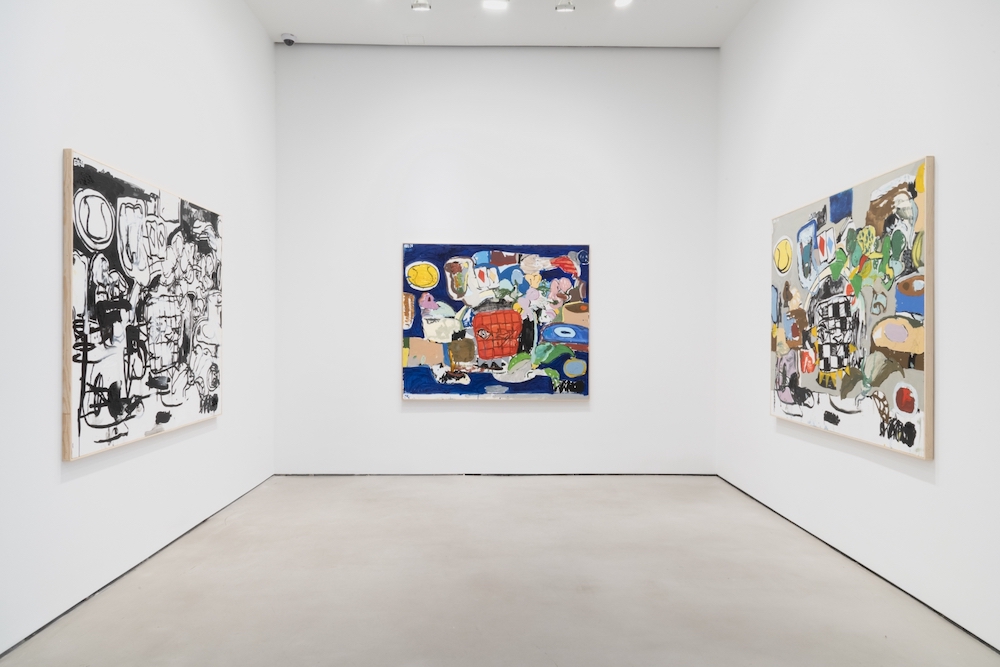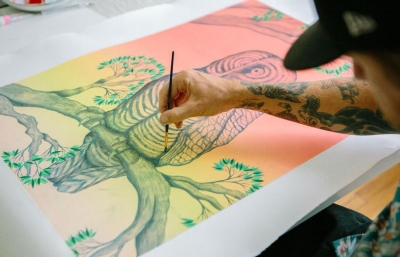It's sometimes unfair, as an observer of art, writer or (gulp) a critic to project onto an artist when it comes to intention or what you want from their work. I've tried to avoid it, but sometimes you have to recognize when you have borrowed a thought, or an observation, from an artist. I had this with Eddie Martinez a few years back, in the midst of an interview with him for the magazine. We were talking about his famed blockheads, but mostly we spoke about volume and process; this idea of "exhausting compositions." I loved it; the phrase felt so visual. He said, "But someone like Picasso, not only was he making all kinds of work in different mediums all the time, he was also exhausting the same sort of compositions and imagery because he just felt like they were always variable. That's something that has hit me. That's something I just respond to with his work right away because it feels natural to me anyway. And seeing someone who did it their whole life sort of gave me more confidence to do it."
What I love about this idea is that through the preciousness we put on art as an object, there is this repetitive, everyday practice that exists. For Eddie, and what is so beautiful about his show, Inside Thoughts, is that you can see the calendar year of 2020 come through in abstractions and faintly figurative aspects, but you can also see how his thought-process and ability to let objects come and go through the years is so prominent. The show, on view at Mitchell-Innes & Nash through February 27, 2021, does appear more figurative than it has been in years. As essayist Phyllis Tuchman notes, "Martinez has returned once again to an art dominated by people, places and things. Take the heads that he has rendered in black and white. They’re summarily depicted yet so familiar. Look again and you’ll notice that the artist is breaking the rules of composition."
In many interviews I have conducted since, I use that idea of exhausting a composition, as a positive, as a way to break rules and to be okay with elements of the work to show up and disappear as the years and shows go by. To borrow it from someone as prolific as Martinez feels like a bit of a confidence for younger artists to hear, to understand that the trends and passage of time in your work doesn't have to go away or stay. Just make and make and create and draw and draw and paint and see where your mind takes you. Inside Thoughts feels like a culmination of that practice. —Evan Pricco



